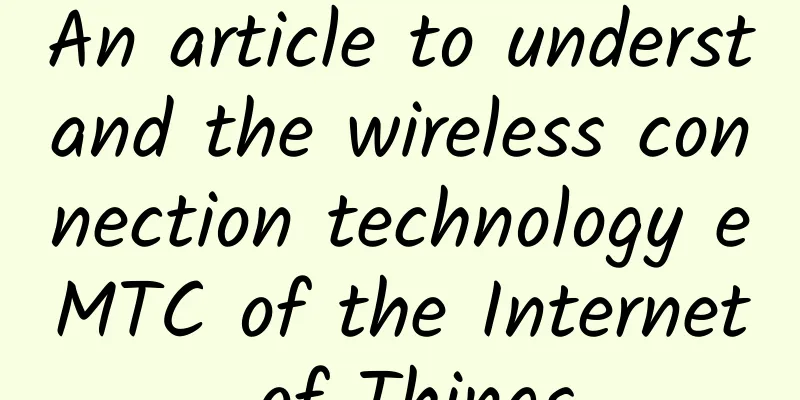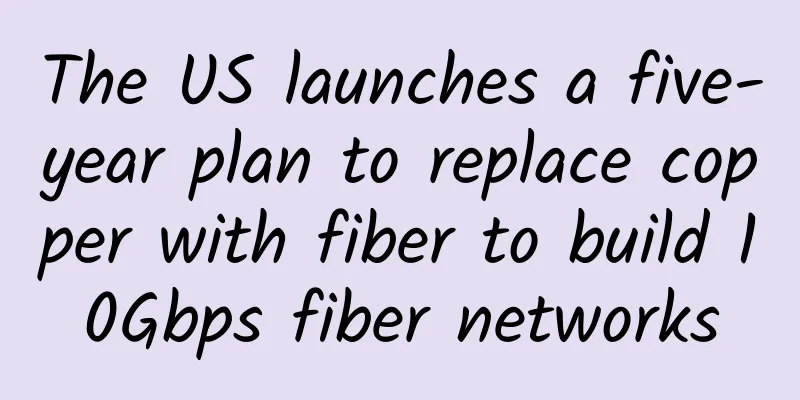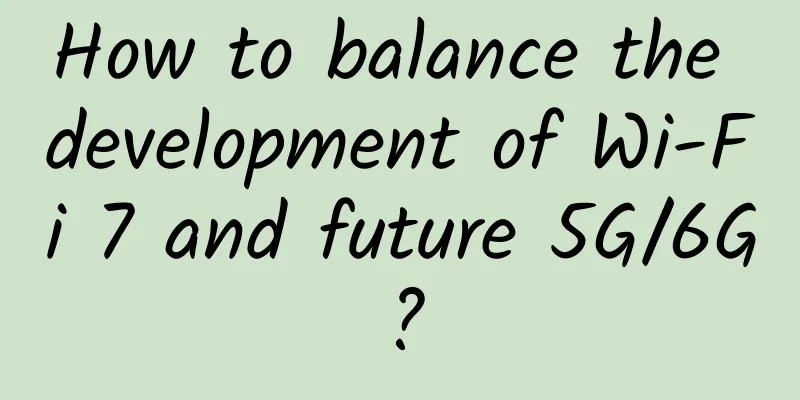An article to understand the wireless connection technology eMTC of the Internet of Things

|
In 2002, digital communication redefined the telephone, and mobile communication began to take off; in 2010, mobile technology redefined computing; and now, we are redefining everything, that is, expanding the value of the Internet boundary, that is, the Internet of Things. The Internet of Things has a very wide range of applications, from smart cities, such as lighting, parking, and transportation, which can be connected and effectively managed; to mobile health, including patient diagnosis, patient condition tracking, and various environmental monitoring; to remote tracking of water meters, electricity meters, gas meters, etc. at home; to building security and intelligence, industrial automation control; to retail business and asset tracking and other vertical fields and market segments. At present, there are three wireless connection technologies for the Internet of Things in the 3GPP specifications, one is NB-IoT (narrowband Internet of Things), the second is ECGSM, and the third is eMTC. ECGSM is based on GSM (2G) technology, so let's not talk about it for now. We have introduced NB-IoT in detail, and today's protagonist will be eMTC. Definition of eMTC LTE-M, or LTE-Machine-to-Machine, is an IoT technology based on the evolution of LTE. It is called Low-Cost MTC in R12 and LTE enhanced MTC (eMTC) in R13. It aims to meet the needs of IoT devices based on existing LTE carriers. eMTC is deployed based on cellular networks and supports a peak rate of up to 1Mbps in both uplink and downlink, which is a medium rate in the IoT. Its user equipment can directly access the existing LTE network by supporting 1.4MHz RF and baseband bandwidth. In the process of continuous evolution of LTE, the latest eMTC and NBIoT have further optimized the system cost, enhanced battery life, and expanded coverage. The most critical capability of eMTC is that it supports mobility and positioning. The cost is only 25% of Cat1 chips, and the rate is four times higher than GPRS.
Features of eMTC The most important features of narrowband LTE are: First, the system complexity is greatly reduced, and the complexity and cost are greatly optimized. Second, the power consumption is extremely reduced, and the battery life is greatly improved. Third, the network coverage capability is greatly enhanced. Fourth, the density of network coverage is enhanced. eMTC has the four basic capabilities of LPWA: first, wide coverage. In the same frequency band, eMTC has a gain of 15dB over the existing network, which greatly improves the deep coverage capability of the LTE network. Second, it has the ability to support massive connections. One eMTC sector can support nearly 100,000 connections. Third, it has lower power consumption. The standby time of the eMTC terminal module can be up to 10 years. Fourth, it has lower module cost. Large-scale connections will bring about a rapid decline in the cost of module chips. The target cost of eMTC chips is around US$1 to 2. Evolution of IoT from R13 to R14 R14 has opened the 3GPP's 5G journey. In the future, 5G applications will cover three major scenarios: enhanced mobile broadband (eMBB), massive machine type communications (mMTC) and ultra-reliable low latency (eMTC). Among them, the eMBB scenario refers to the further improvement of user experience and other performance based on the existing mobile broadband business scenario, mainly pursuing the best communication experience between people. mMTC and eMTC are application scenarios of the Internet of Things, but they have different focuses: mMTC is mainly about information interaction between people and things, and eMTC mainly reflects the communication needs between things. In the evolution process from 3GPP Release 13 to Release 14, for networked terminals that do not have particularly high throughput requirements, for example, in terms of broadcast functions, Release 13 only supports unicast, while Release 14 will add multicast functions; another example is the improvement in positioning functions, which can track their locations. Advantages of eMTC Technology By 2018, the shipment of non-mobile network terminals is expected to exceed 5 billion. As a very broad vertical market, the IoT market requires very strong connection support. There are three basic requirements: the connection must be ubiquitous and omnipresent; there must also be security guarantees; at the same time, there must be a very complete and fully optimized ecosystem. Therefore, LTE-based IoT technology is the best candidate, and currently there are NB-IoT and eMTC. There are many options for solutions for wide-coverage, low-power IoT. There are three ways to use cellular networks. The first is based on 2G/3G/4G technology and uses the same terminal chip as mobile phones, which has the same capabilities as mobile phone users. The second is a local optimization solution, including eMTC, Cat1, Cat0, etc., which can reduce costs and power consumption and enhance coverage. The third method is NB-IoT. Let's look at the current LTE market. As of April 2016, more than 500 operators in more than 160 countries around the world have deployed LTE, and more than 400 manufacturers have released more than 5,000 LTE-supported products. With the booming development of smartphones in the past few years, LTE has become the most accessible mainstream wireless communication technology with the easiest performance to guarantee. Compared with Wi-Fi and Bluetooth technologies for the Internet of Things, LTE has a wider coverage and connection range. In addition, eMTC can be directly upgraded and deployed based on the existing LTE network, sharing the same site and antenna with existing LTE base stations. eMTC and NB-IoT can reuse the current LTE FDD and TD-LTE network infrastructure to a large extent. Therefore, with a small amount of equipment investment, the network can support future NB-IoT and eMTC without the need to rebuild a new network. This is also one of the reasons why it is sought after by major operators. Commercial Application of eMTC When used in smart logistics, it has the advantages of anti-theft, anti-replacement, real-time temperature sensing and positioning. It can monitor and locate in real time, record and upload information, and query the driving trajectory. In smart wearable devices, it can support health monitoring, video services, data feedback and positioning. Relying on the current cellular network interactive screen, it provides application scenarios including smart charging piles, airport waiting treasures, elevator guards, smart bus stops, public bicycle management, etc. Smart Home in the Internet of Things As a branch of the Internet of Things, smart home is also a nascent market. Currently, the two main problems that need to be solved are "smart combination" and "connection combination". As a smart home manufacturer, although the functions of smart hardware are becoming increasingly rich, this only solves the problem of smart combination. The interconnection we often talk about is above the level of connection combination. At present, the domestic smart home market basically chooses short-range IoT communication technologies such as Wi-Fi, Bluetooth, ZigBee, and Z-Wave. We have also seen some applications of the two narrowband IoT technologies, Lora and Sigfox, in smart homes, smart communities, and smart cities. However, because the commercial application of LTE-based IoT technologies NB-IoT and eMTC will not be launched until next year, the connection options for future smart homes are still in the unknown stage, and the market is almost blank, but this blank is a strong demand on a large scale.
After solving the problems of "intelligent combination" and "connection combination", it is "interactive combination". Interactive combination does not mean that users control a device through a mobile phone APP. It seems that this method is better than before, but it is still very primitive and fool-proof. Interactive combination refers to the self-determination and self-processing between smart home devices, which does not require human intervention at all. It can also be called "upgraded mechanical fool-proof". However, "interactive combination" is still not the ultimate goal in the field of smart home. The non-mechanical personalized processing method of artificial intelligence will control the "interactive combination", which we call "personality combination". Perception, thinking through learning, analyzing the environment, and finally making instinctive "personality-like" reactions are the end point. The development of wireless technology in the Internet of Things will be challenged by many requirements, such as high density, high throughput, low power and low latency; high speed, high stability; and many complex machine connections. Because wireless technology is not yet mature, it has been questioned by many people, but when the Internet of Things technology matures, it will also mark the arrival of the era of "wireless connection" in smart homes, and the doubts will be eliminated, just like when we talk about telephones now, we only think of mobile phones and not landlines. Editor's Comments It will not work if we just transfer the existing LTE technology to the IoT terminals, because in order to meet the connection of a wider range of IoT terminals, low power consumption and low data transmission rate are strong requirements. Like Cat.4 to Cat.16, eMTC is Cat M1, and NB-IoT is Cat NB1, both of which belong to the same LTE development roadmap. eMTC has tailored and optimized the LTE protocol. These technologies can also coexist when operators deploy LTE. NB-IoT and eMTC are complementary to LTE IoT technologies. Regardless of who wins or loses in LPWA, it will promote the development of "connection combinations" in third-party vertical industries such as smart homes and expand more needs. eMTC can support voice VoLTE calls, and NB-IoT can reduce costs and power consumption to the minimum in low-throughput application scenarios. It is difficult to have a very clear boundary between eMTC and NB-IoT. The two technologies will merge and complement each other to improve user experience. |
<<: Operators are enthusiastic about deploying 4.5G: This will affect the commercial use of 5G
>>: Wall Street's largest securities service platform brings blockchain technology to the CDS market
Recommend
Smart buildings are no longer far away. See how CommScope connects everything with a twisted pair cable!
[51CTO.com original article] On June 5, 2018, the...
How to network clock synchronization in wireless networks?
[[346597]] This article is reprinted from the WeC...
Do you know two common communication methods of Vue?
Vue component development is a very wonderful pro...
2017 year-end planning: Five sharp words to help you review the IT operation and maintenance of the year
Speaking of 2017, Bitcoin has experienced several...
F5 Launches Industry-Leading Training Program in Asia Pacific to Help Develop Next Generation of Technology Talent
F5 Networks (NASDAQ: FFIV) today announced the la...
Eight surprising ways remote work can help your business
The rise of remote work is arguably the biggest c...
RAKsmart bare metal cloud/cloud server 30% off, physical server flash sale starting from $30/month, cluster server/high bandwidth server special price
This month, RAKsmart's new bare metal cloud p...
Useful information: When does DNS use the TCP protocol and when does it use the UDP protocol?
It is generally acknowledged that DNS occupies bo...
These five points cannot be ignored when selecting enterprise SD-WAN!
As the main theme of today's IT industry, clo...
A large number of 5G users complained: "I changed to a 5G phone, but the network speed is slower than 4G"
As we all know, last year was the first year of 5...
Pivo: $5/month KVM-4GB/40G SSD/2TB/Phoenix Data Center
Pivo claims to have started in 1997(?). The merch...
Vietnam's three major operators reach 5G RAN equipment sharing agreement
[[404902]] Vietnam’s three largest operators, Vie...
How likely is it that 700M will be jointly built and shared in rural areas?
At the online investor exchange meeting for the i...
Comment: Who is the first 5G city?
In order to further unleash the role of new infra...









